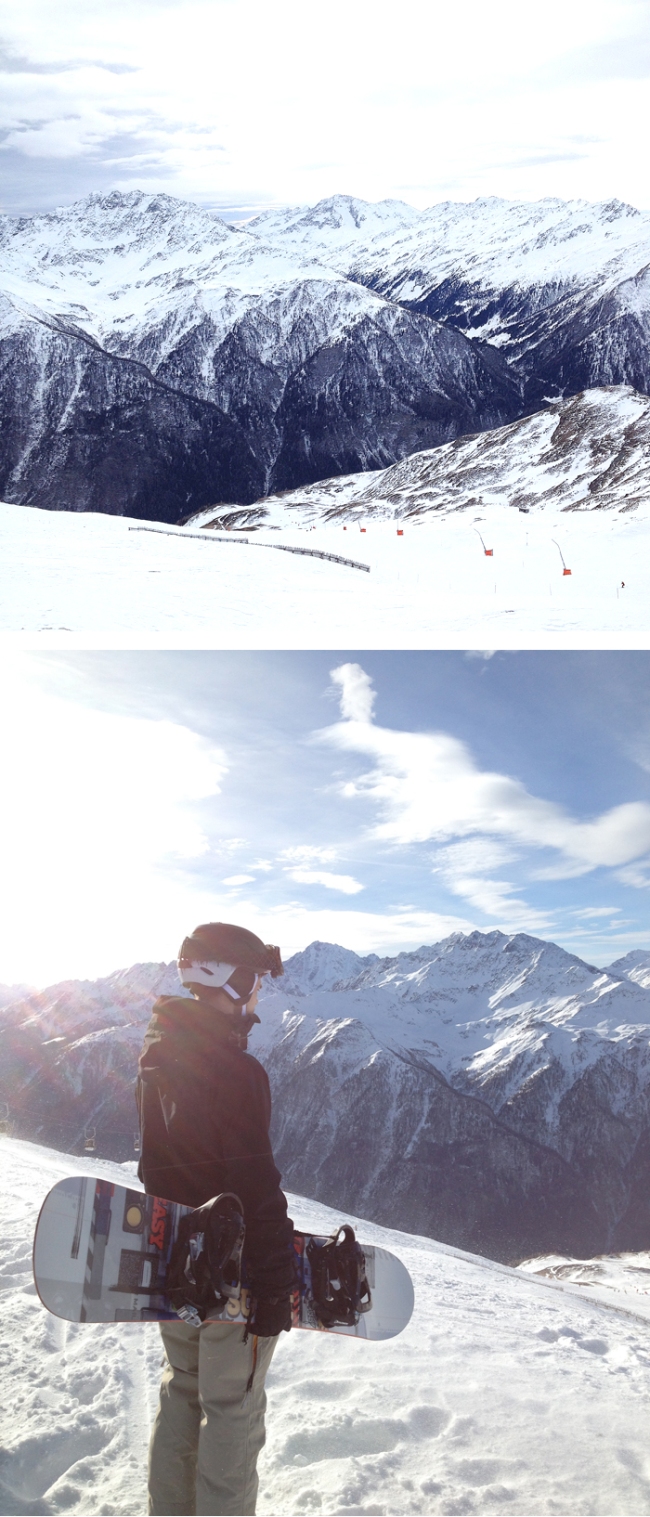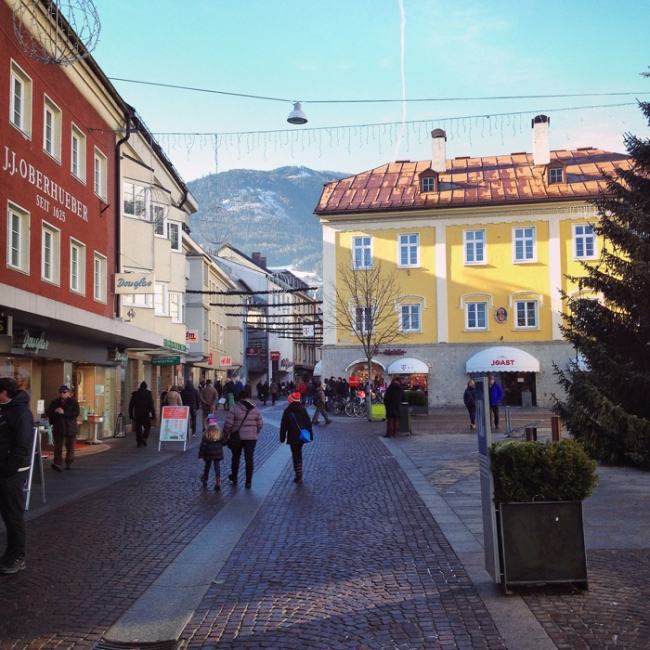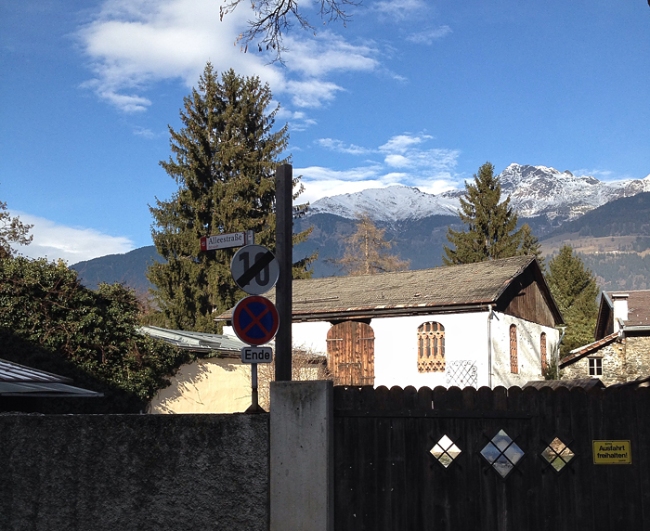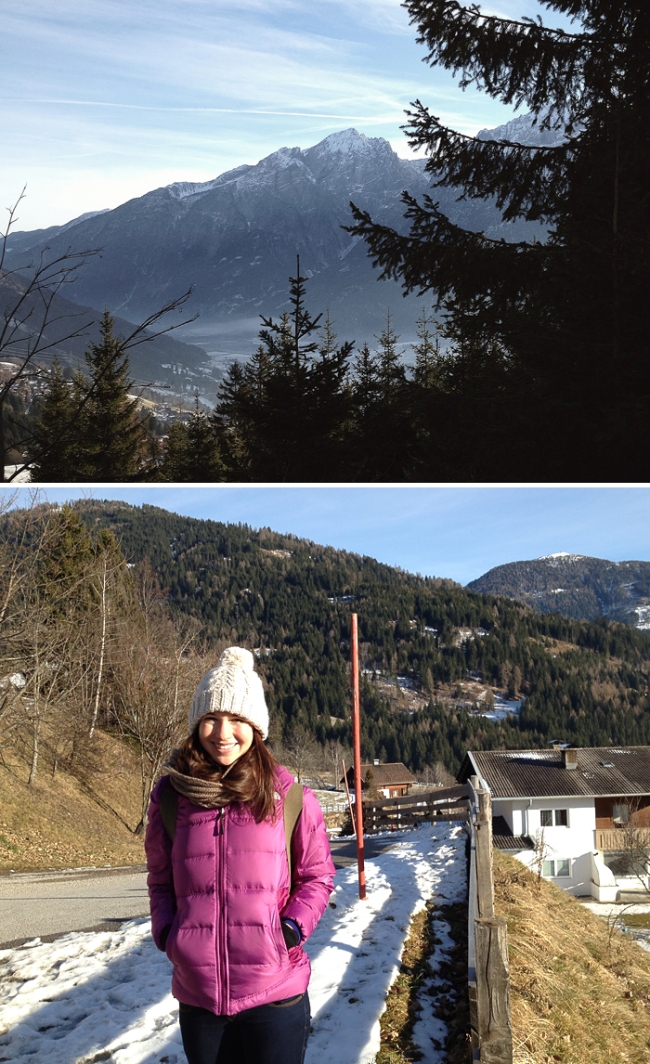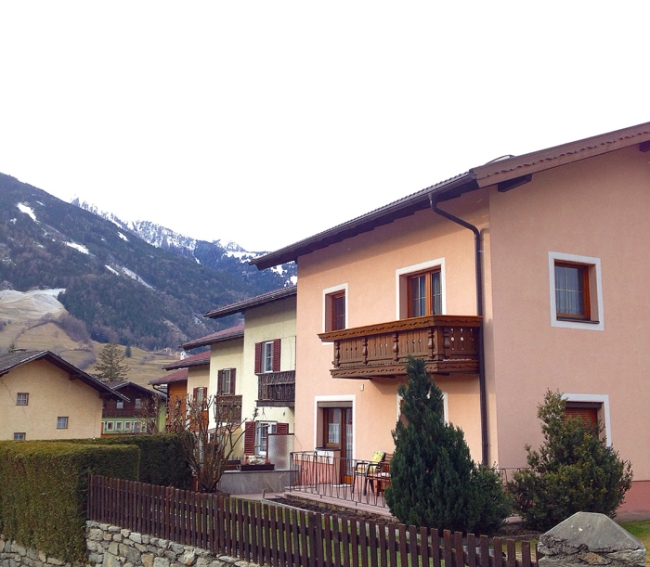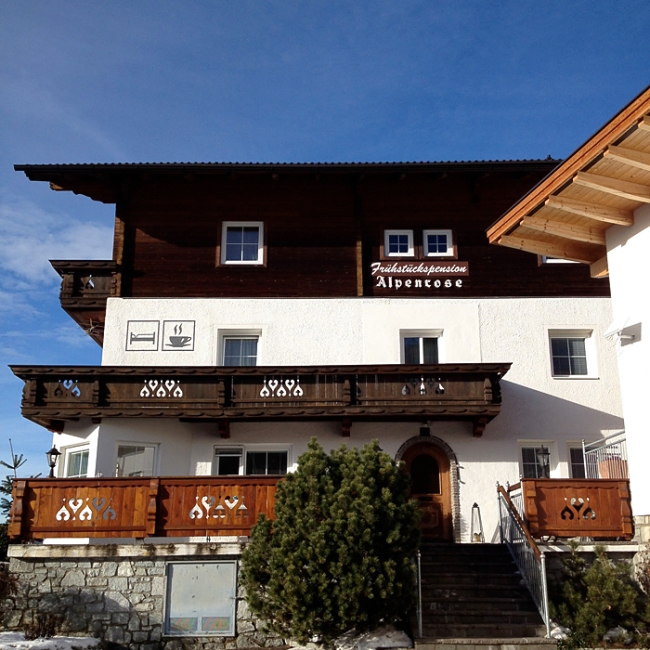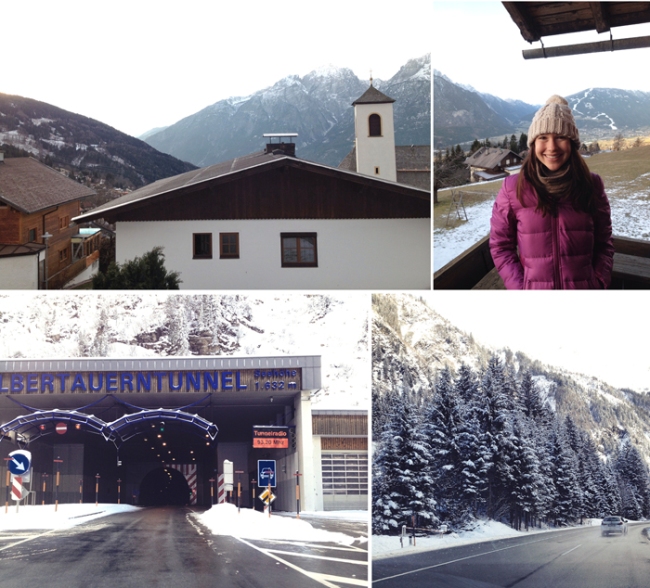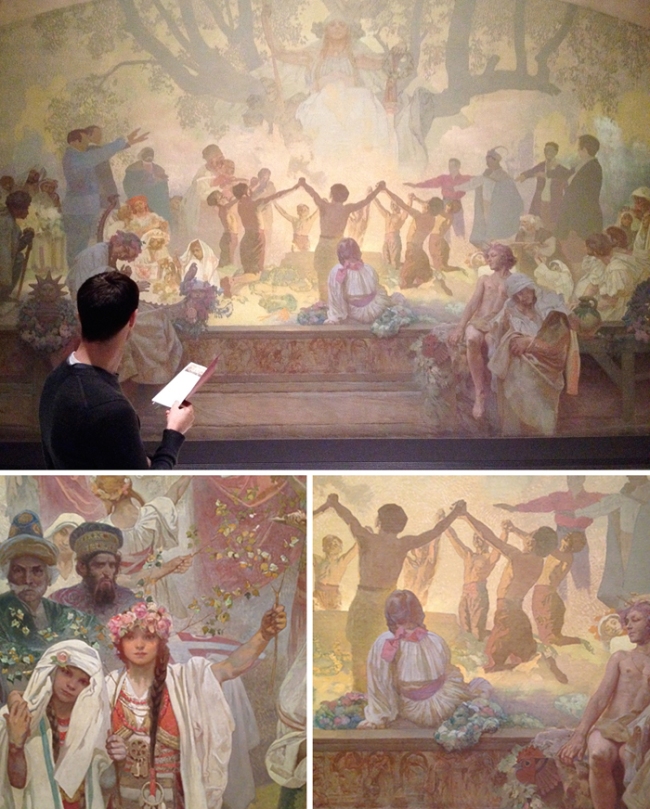On New Years Day, we packed up and drove to Austria for 4-days in the Alps. Our proximity to the mountains is something we have enjoyed during our stay in Germany, it is our ideal weekend getaway. This time we were headed to a more distant part of Austria, the East Tirol.
We stayed near Lienz, a city that is nestled in a valley on the Austrian side of the Dolomites– not far from the border of Italy. We stayed in a frühstück pension (B&B) in the tiny village of Islesberg on the north side of the valley. Below is a view from our window, which overlooked the city of Lienz.
Winter in Würzburg has absolutely been the mildest we have encountered. Temperatures have lingered around 1ºC (34ºF) —- While at the same time our home in Saint Paul was -18°C (-4ºF — brrr)! Our friends in the Midwest may be rolling their eyes in disbelief, but by early January we were beginning to miss the familiar signs of winter.
As we passed Munich, we were enthused by the sight of fresh snowfall that continued through the Austrian ski village of Kitzbühel — though Lienz was still 80 miles away on the opposite side of the mountain range. To access the East Tirol we passed through a 3-mile mountain tunnel and unfortunately left the snow in the rearview mirror.
Even without snow, the Mölltaler valley surrounding Lienz was incredible—although we pondered where to ski. The next morning we drove to Heiligenblut, which is in the neighboring mountain range. It faces Grossglockner (3,798 m), the tallest peak in Austria.
Two years ago when we first skied in Austria we learned that the Alpine pistes are underrated by most North American comparisons. Although the same ranking system is used, (beginner, intermediate, expert) many of the easy runs could satisfy a seasoned skier. Derek is an experienced snowboarder and I began skiing in my 20s. I previously found the beginner Alpine pistes to be challenging, but not impossible.
The Alps have many more enticing runs for an experienced skier. On trips together Derek has always willingly skied within my range of ability (thanks! 🙂 ) which I am grateful for because he typically enjoys a challenge. This time, we saw that there was a panoramic restaurant at the summit, which for me was a nice alternative— I spent the morning reading with Kaffee and Apfelstrudel near a sunny window while he hit the slopes.
I enjoyed Heiligenblut! The village was remote and tiny, but there were a handful of restaurants and gift shops to keep a non-skier busy for an afternoon. I observed that Austrians along with their German neighbors seem to take their dogs with them everywhere —- on the train, shopping, to the hair salon— We’ve even sat next to a dog at the bar. But this was the first time I had seen one on a ski hill!
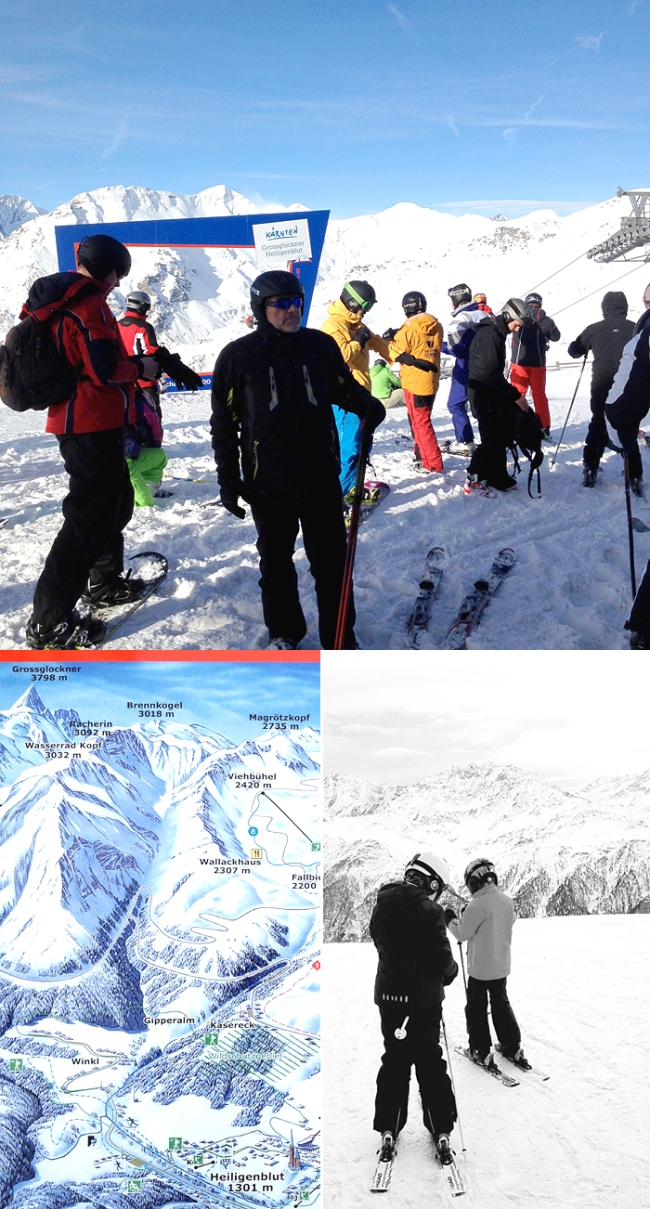
Lienz
Lienz is called die Sonnenstadt, ‘the sun city’ of Austria, and serves as a hub for the surrounding valley. There are train connections to Lienz and buses to ski resorts in the area. We didn’t find many activities there, but it was a nice place to spend a morning and pick up ski rentals.
Hiking in Hohe Tauern
The valley was almost bare after two days near 40ºF which made hiking an easy choice for the next afternoon. A large area adjacent to Lienz is Hohe Tauern National Park and we were happy to see a hiking trail right behind our B&B in Iselsberg that offered an elevated view of the Lienzer Dolomiten. The most unique aspect of the area around Lienz was its sense of remoteness. We were over two hours from Austria’s largest cities, and it felt much more isolated and rural than other places we have visited in Germany and Austria.
Skiing Kals-Matrei
The forecasts predicted a day of steady snow a short distance from where we were staying, so we set out for another day of skiing. Lifts connect the runs between the two villages of Kals and Matrei; so while Derek snowboarded, I checked out the village. Matrei was a little more gloomy than I anticipated, but the village had moments of charm– it is completely surrounded by mountains. As I walked through its quiet streets there was a comforting smell of wood smoke in the air, and I appreciated its rugged presence within the mountains. I quickly remembered that it was Sunday, which meant that nearly everything was closed, I finally found an open bakery and was happy to warm up.
Derek was more enthusiastic about the ski conditions! It was snowing higher in the mountains where he was and he found challenging runs and fresh powder. Kals-Matrei is not an international tourist destination nor does it have the Après-ski scene that some Austrian villages are famous for. Overall, Derek was impressed with Kals-Matrei and found some of the best skiing he has had in a long time. We read this article from the Guardian during planning, which shares more about the resort.
Where we stayed
Austrian ski villages can be pricey during the snowy months— It is not hard to spend thousands of dollars for a week of lodging. We’ve had to search, but have been lucky to find reasonable accommodations in Austria during ski season using sites like hostelworld and booking.com. Both led us to home-style B&Bs in very small neighboring villages, and have since been two of our favorite places we have ever stayed!
Two years ago, we stayed here in a village that borders Sankt Anton am Arlberg. Getting to the ski hills without a car was no problem— the surrounding villages were connected to the resorts via shuttles. This time, in Iselsberg we stayed here. A car was definitely necessary in the areas around Lienz.
This portion of the Alps is higher and rockier than the Bavarian Alps, and more rural and open than the Arlberg. We are headed to the Montafon in late March, and are looking forward to another comparison!
Links
East Tirol – Austria’s secret ski destination The Guardian UK
A Perfect Ski Day at Heiligenblut YouTube
24 Hours in East Tirol Blog Tirol
Soelden’s Snowy Spectre: James Bond Films in East Tirol Daily Mail
Epiphany and the Sternsinger The German-Way


